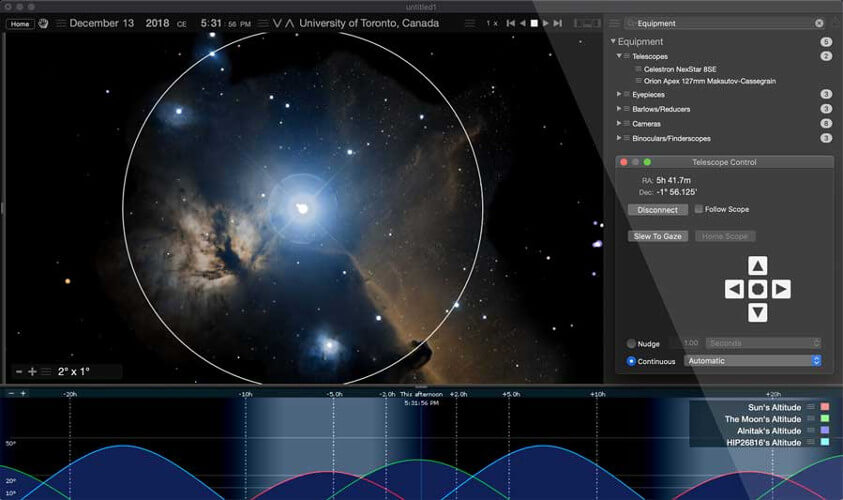
(Clicking Reset, incidentally, always restores the Almanac to the current date and time.) Next, go to the extreme upper right of the Almanac where you find the new twilight selector pull-down menu. Launch the Almanac and first enter “ 7” into the Date window (remember that the format must be year/month/day - “” or “” are equally acceptable - but don’t type the quotes) and the Universal Time/GMT “ 01:00” into the Time window (again without the quotes) and click the Calc button.

So, is Mercury currently easier to see in the Northern or the Southern Hemisphere? This means that it is furthest from the Sun in the pre-dawn twilight and best placed for morning observation. Innermost planet Mercury attains a greatest elongation of 26 degrees west of the Sun at 1am GMT on Sunday, 7 February. We will explore more advanced themes in a subsequent post, but first a topical question concerning the visibility of all five bright naked-eye planets in the morning sky.Įxample: Is Mercury currently best seen from Rome, Italy or Sydney, Australia?

Here, then, is our guide to exploring some of the new interactive Almanac’s enhanced features. Illustration credit: Ade Ashford.While there are several excellent commercial and open-source astronomy software packages available that can model the sky for virtually any time and place on Earth, accurately and in exquisite graphical detail, sometimes we just need answers to simple questions: When will the Moon set during next Friday’s star party? Is Jupiter’s Great Red Spot visible tonight in Tokyo? Can I see Mercury in the morning twilight from Rome? Answers to all these questions and more can be found quickly with our updated Almanac.Īlthough some of you will have already had a sneak preview of our updated online Almanac via links from recent Observing stories, we thought that it probably deserved a post of its own.


 0 kommentar(er)
0 kommentar(er)
